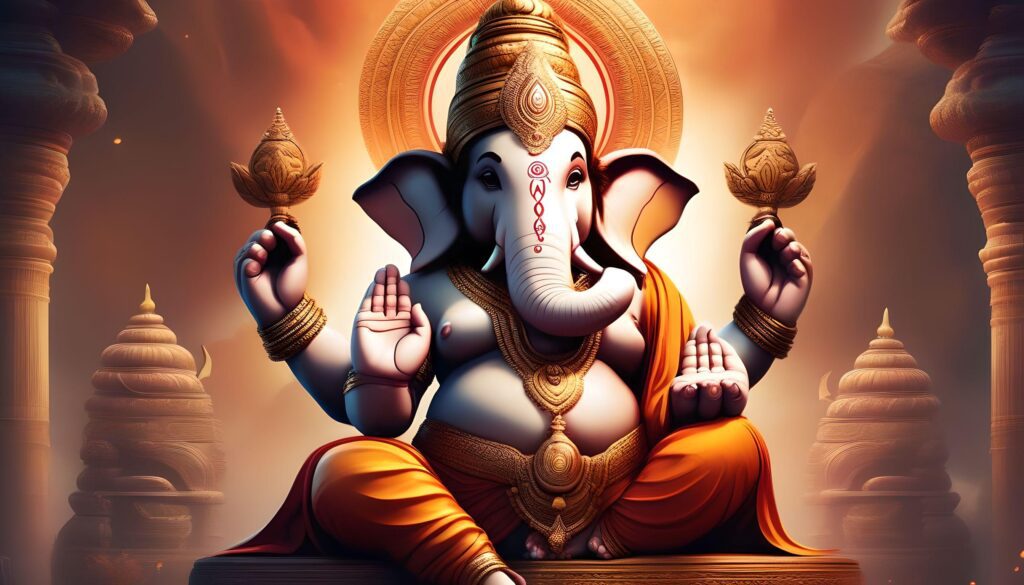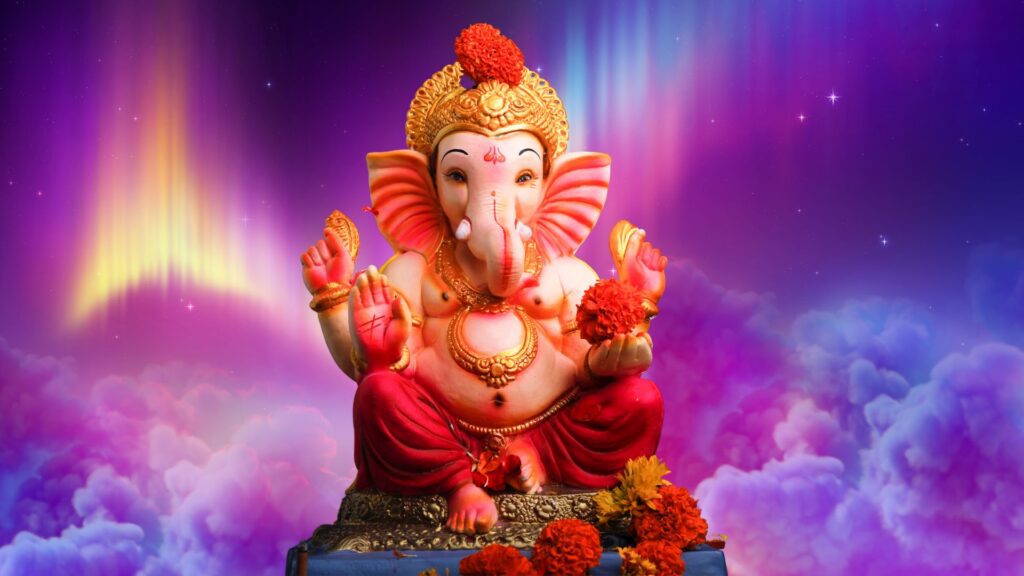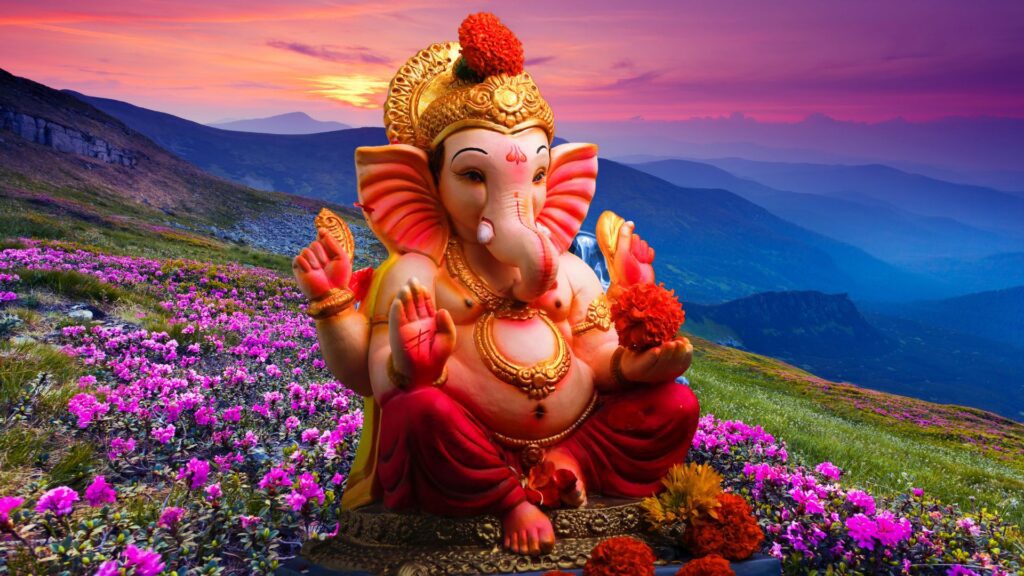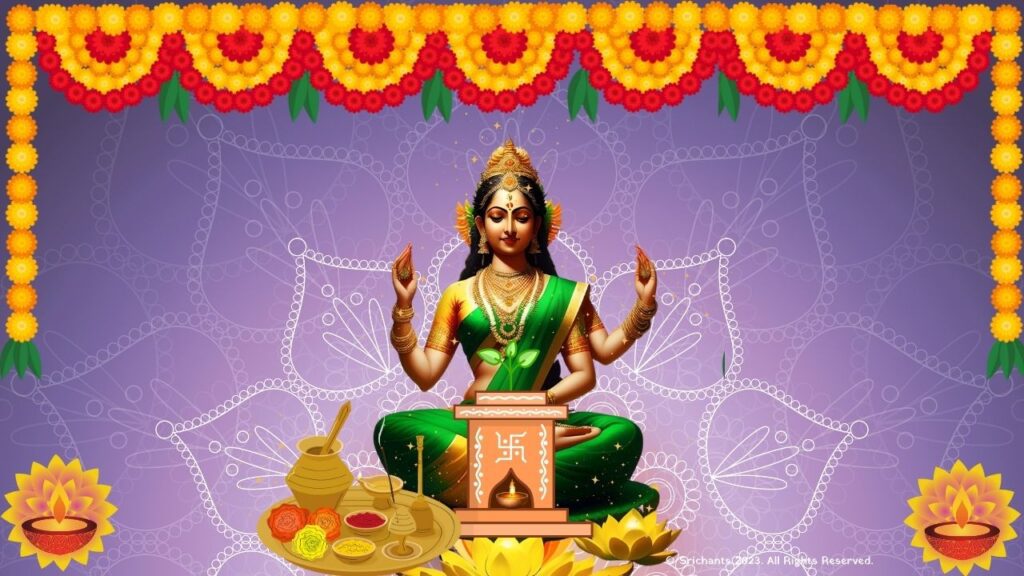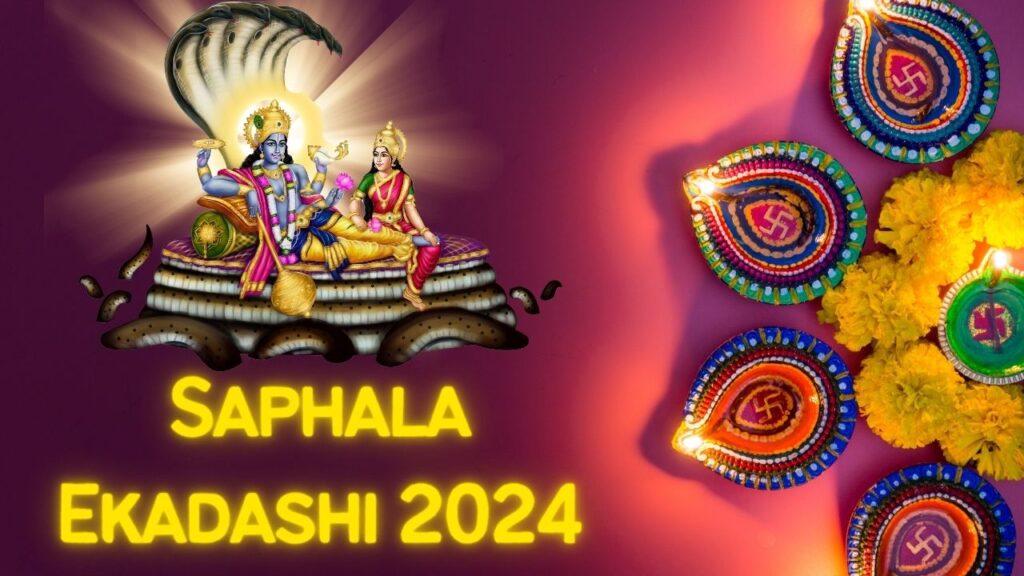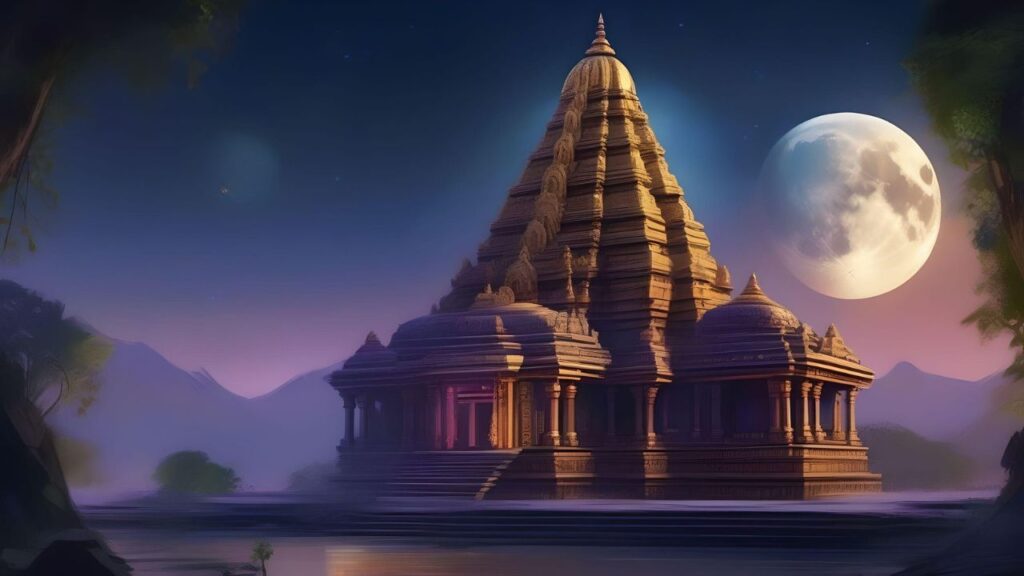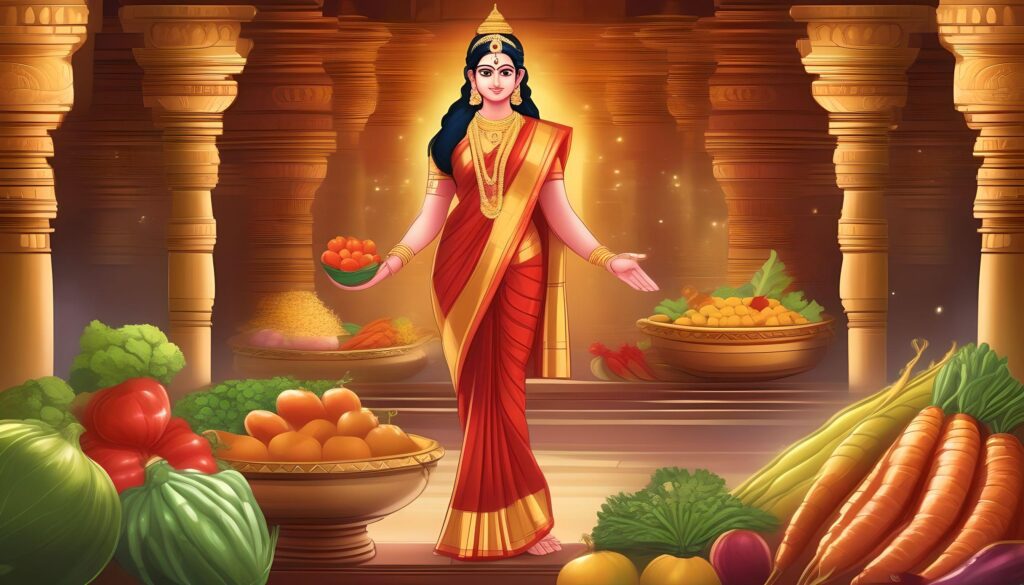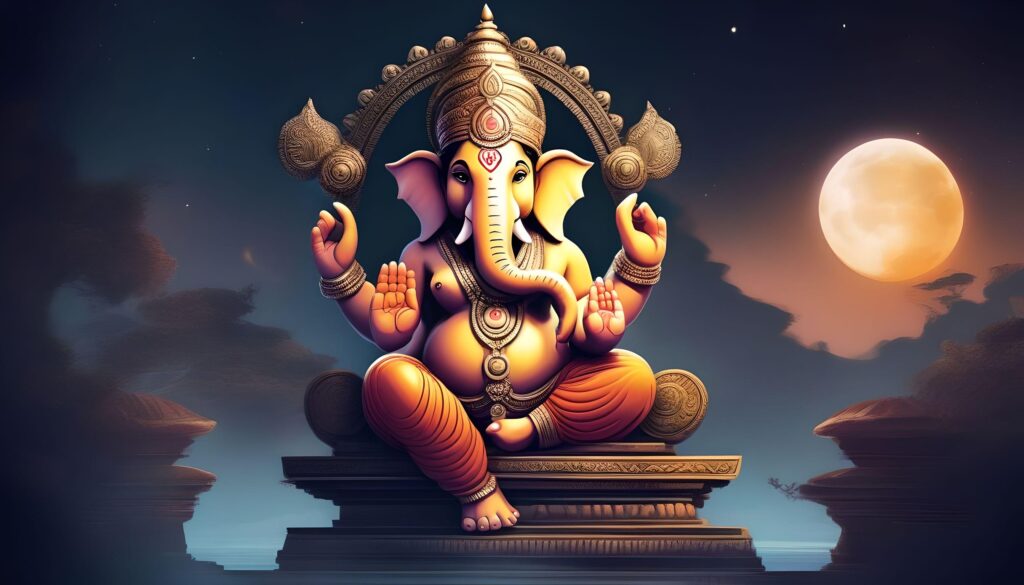Dwijapriya Sankashti: Overcome Obstacles in Life
A significant Hindu festival, Dwijapriya Sankashti Ganesh Chaturthi is devoted to Lord Ganesha, the remover of obstacles. Devotees observe this auspicious day by fasting for the duration of the day and breaking their fast only upon catching site of the Moon. As Dwijapriya Sankashti Ganesh Chaturthi, the Sankashti Vrat of the Magha, Krishna Paksha, or Phalguna, Krishna Paksha is observed. The rituals, traditions, and puja vidhi associated with this special occasion are described in this article.
The Significance of Dwijapriya Sankashti Ganesh Chaturthi
Dwijapriya Sankashti is what she is called. Vast significance is attributed to Ganesh Chaturthi in Hindu mythology. Deity Vighnaharta, or Lord Ganesha, is held in high esteem for his role in removing barriers and bestowing prosperity. Monthly during the waning phase of the Lunar cycle, on the Chaturthi Tithi, Krishna Paksha, devotees observe this vrat. During Magha, Krishna Paksha (as per the Amavasyan calendar) or Phalguna, Krishna Paksha (as per the Purnimant calendar), Dwijapriya Sankashti Ganesh Chaturthi is specifically observed.
Dwijapriya Sankashti Ganesh Chaturthi Vrat Rules
In order to participate in the Dwijapriya Sankashti Ganesh Chaturthi vrat, devotees are required to adhere to the following regulations:
- Rise Early and Cleanliness: Commence the day by awaking early, preferably two hours prior to sunrise, during Brahma Muhurat. Clean clothes and a bath are ways to purify the body and psyche.
- Maintain Celibacy: Devotees are anticipated to observe celibacy and abstain from participating in any form of sexual activity throughout the vrat.
- Fasting: Throughout the day, adherents ought to refrain from ingesting rice, wheat, lentils, and any form of non-vegetarian sustenance. Fruits, milk, and vrat recipes may be ingested, however.
- Naam Jaap: The recitation of the sacred mantra “OM Ganeshaya Namah” is a fundamental component of the vrat. Naam Jaap should be performed by devotees in order to become engulfed in the divine vibrations of Lord Ganesha.
- Prohibited Items: Tobacco and alcoholic beverages are prohibited in stringent violation of the vrat. It is anticipated that devotees uphold chastity in their thoughts, words, and deeds.
Dwijapriya Sankashti Chaturthi Vrat Katha
The inspiring Dwijapriya Sankashti Chaturthi Vrat Katha recounts a tale of devotion, faith, and blessings. It centers on Vishnu Sharma, an ordinary man, and his septennial offspring. The children’s refusal to remain together as they aged brought their elderly father great anguish.
Vishnu Sharma decided to observe the Sankashti Vrat one day and approached his eldest daughter-in-law for assistance. Sadly, in addition to declining to aid him, she also disparaged the honor of Lord Ganesha. With the exception of the youngest, Vishnu Sharma’s other daughters-in-law declined to collaborate in a despondent mood.
Despite being impoverished, the youngest daughter-in-law enthusiastically consented to assist Vishnu Sharma with the vrat and made the personal decision to observe it. She solicited alms from individuals in order to purchase vrat and puja objects. Although Vishnu Sharma devoted himself wholeheartedly to the vrat, he became ill during the evening. He was attended to by the youngest daughter-in-law for the duration of the evening.
The following day, to her astonishment, she discovered valuable gems and ornaments strewn throughout her residence. Afraid of being falsely accused of larceny, she sought the counsel of her father-in-law. Vishnu Sharma elaborated that the gemstones symbolized the benevolence of Lord Ganesha and implored her to express gratitude to the deity for bestowing riches upon her.
The other daughters-in-law who had previously declined assistance were humiliated upon hearing this. They came to understand the significance of devotion after observing the favors that were granted to their junior sister-in-law. In addition to bestowing prosperity upon the modest family, the vrat imparted to them profound lessons regarding faith and solidarity.
Dwijapriya Sankashti Ganesh Chaturthi Puja Vidhi and Mantras
The puja must be performed with complete devotion for Dwijapriya Sankashti Ganesh Chaturthi to occur. The following is a detailed explanation of the puja vidhi:
- Rise Early and Bath: To commence the day, rise early and cleanse oneself by having a bath.
- Choosing the Auspicious Time: Conduct the puja during the particularly auspicious Abhijeet or Vijaya Muhurat periods.
- Meditation and Invocation: By meditating and invoking Lord Ganesha, commence the rituals. With folded hands, extend a prayer to him, desiring his blessings.
- Lighting the Lamp: Introduce an oil lamp before the statuette of Lord Ganesha. Behold the divine presence of the deity prior to initiating the petitions.
- Chanting Shloka and Mantras: Begin the puja by chanting the following Shloka and Mantras:
- Shloka: “Vakratunda Mahakaya, Surya Koti Samaprabaha, Nirvighnam Kurumedeva Sarva Karyeshu Sarvada.”
- Mantra 1: “OM Gan Ganpataye Namah”
- Mantra 2: “OM Ekadantaya Viddhmahe, Vakratundaya Dheemahi, Tanno Danti Prachodayat”
- Offerings: Offer water, a fresh piece of cloth or kalava, Janeu (sacred thread), akshat (rice grains), kumkum (vermilion), Chandan (sandalwood paste), haldi (turmeric), flowers, Durva grass, and incense sticks one by one.
- Naivedhya: Present Modaks, the preferred culinary preparation of Lord Ganesha, as Naivedhya (bhog). Additionally, you may present Boondi Laddoo or any other desired treat.
- Shri Phal and Dakshina: Present Shri phal, a bifurcated coconut, in conjunction with bananas, paan (betel leaves), supari (betel seeds), and Dakshina (coins of currency).
- Reading the Katha: By perusing the Sankashti Chaturthi Vrat Katha, one can gain insight into the vrat’s importance and draw inspiration from the fervent observances of its devotees.
- Aarti: Conduct the Aarti, which is sung in homage to Lord Ganesha, to conclude the puja. Appear to manifest your appreciation and allegiance via the harmonious choruses.
- Breaking the Fast: Only after observing the Moon and presenting Arghya to Chandra Dev may the fast be broken. Achieving this signifies the end of the vrat.
- Celebrations: Indulge in the festivity by partaking in the prasad, which consists of sanctified food, with cherished family and friends. Seek the blessings of Lord Ganesha in order to lead a prosperous existence devoid of obstacles.
Conclusion
Dwijapriya Sankashti is what she is called. Ganesh Chaturthi is a day of fasting, prayer, and supplication for Lord Ganesha’s favor. Through the sincere performance of the puja and observance of the vrat, devotees have the potential to attain spiritual development and surmount challenges that arise in their lives. Let us wholeheartedly adopt the doctrines and customs linked to this propitious day and earnestly pursue the celestial benevolence of Lord Ganesha. May his favor bestow success, contentment, and prosperity upon every facet of our lives.
#DwijapriyaSankashti #Dwijapriya #Sankashti #dwijapriyasankashtichaturthi #chaturthi #vrat #meaning #maha #ganapati #Katha #rules #puja #rules #Obstacles #life
